When I photograph and later analyze a large number of my photos that I’ve taken over a long period, I almost always find that nearly none of my pictures are shot with a focal length close to 50mm. The reason for this is simple: focal lengths around 50mm do not appeal to me, it do not spark my creativity, and it do not provide a composition that I find attractive. When I try to analyze myself and think about why this is, it becomes quite clear.
50mm on a full-frame camera is the focal length that is closest to what we see with our human eyes. Therefore, 50mm can often be very simple and natural to photograph with; it is a focal length that is quite balanced in a way, not too wide and not too tight, but just very balanced. But precisely because 50mm is so balanced and natural, it can easily become very boring. There is a significant risk that the photo will feel too ordinary since this is exactly how we are used to seeing the world with our eyes. It is absolutely possible to take stunning and very interesting photos with a 50mm lens, but you will face some challenges in truly creating something that stands out.
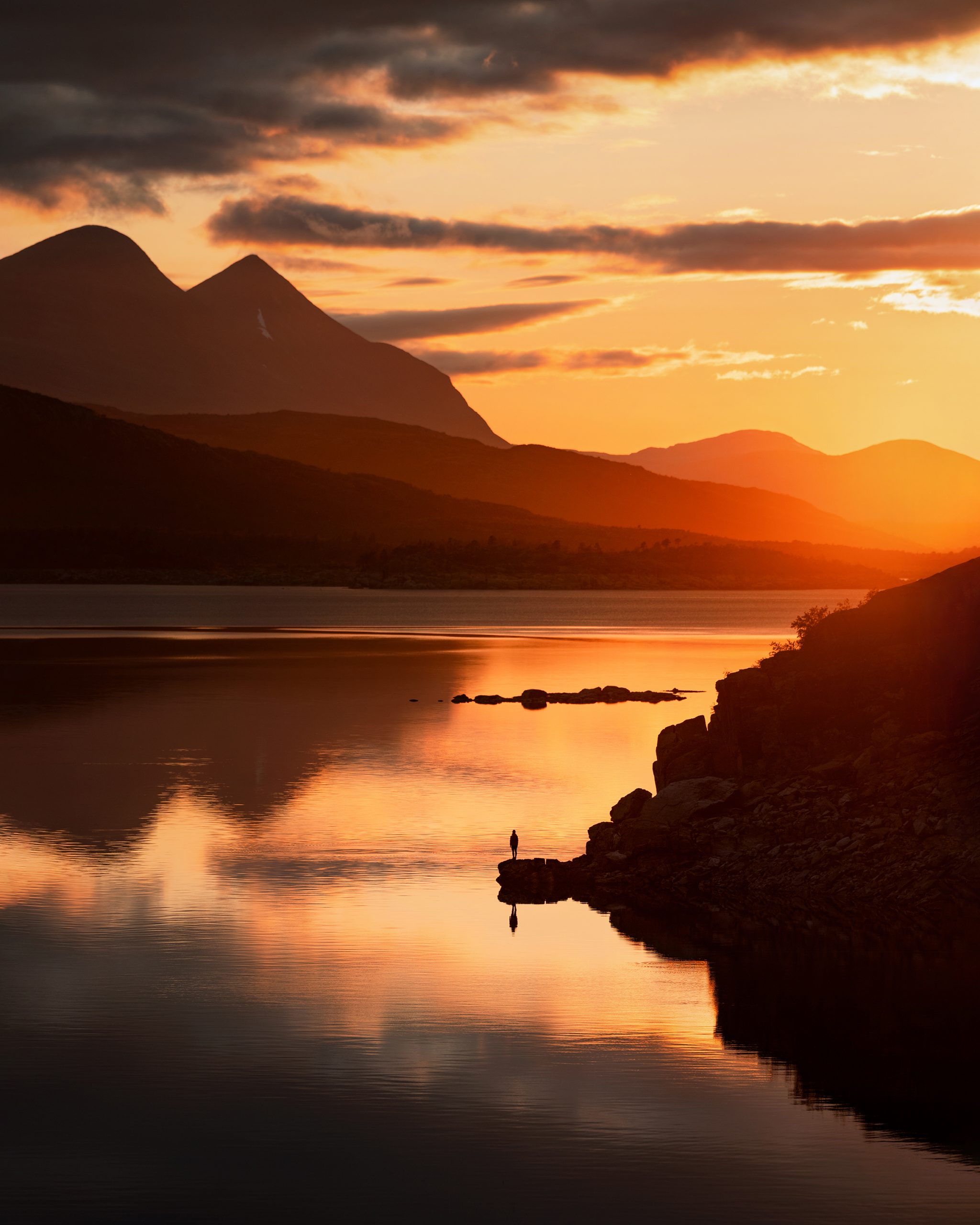
I think this way: if you photograph with 50mm and also photograph standing with the camera at our normal eye level, you have given yourself some of the toughest conditions for making the photo stand out, as it can very easily look too ordinary and everyday. Instead, I recommend that you challenge yourself. Stay away from focal lengths close to 50mm, go wider, use anything from a super wide-angle at 8mm up to 35mm, and then 85mm and as far up into the telephoto range as you can. Shoot as rarely as possible from eye level; try to find other positions. Shooting with wide-angle or longer telephoto lenses will not be as easy and will not always feel as natural as shooting with 50mm; you will need to rely more on your eye and senses. But when you do get a good shot, it will most likely have a significantly greater chance of standing out and appealing to the viewer in a completely different way.
So, in short, the further away from 50mm you go, both down and up, the more difficult it will be and the more it will require of you as a photographer. But when the composition finally clicks and you get a good photo, it will certainly be much more stunning and appealing than if you had photographed with 50mm.
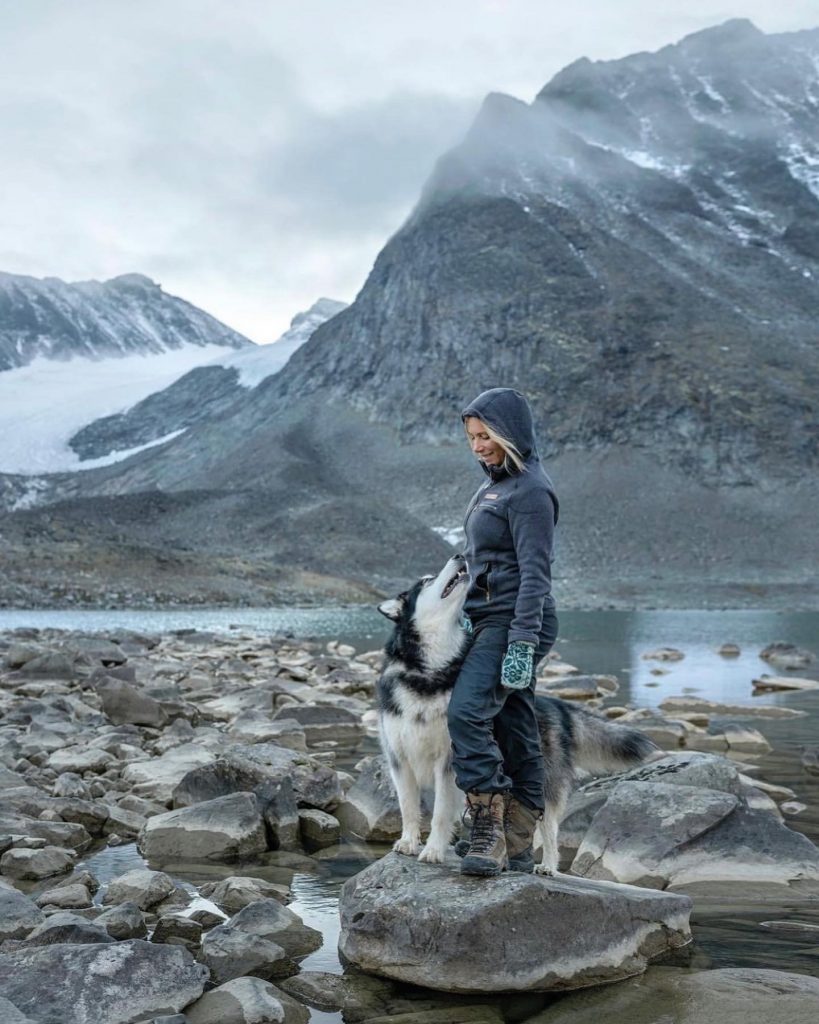
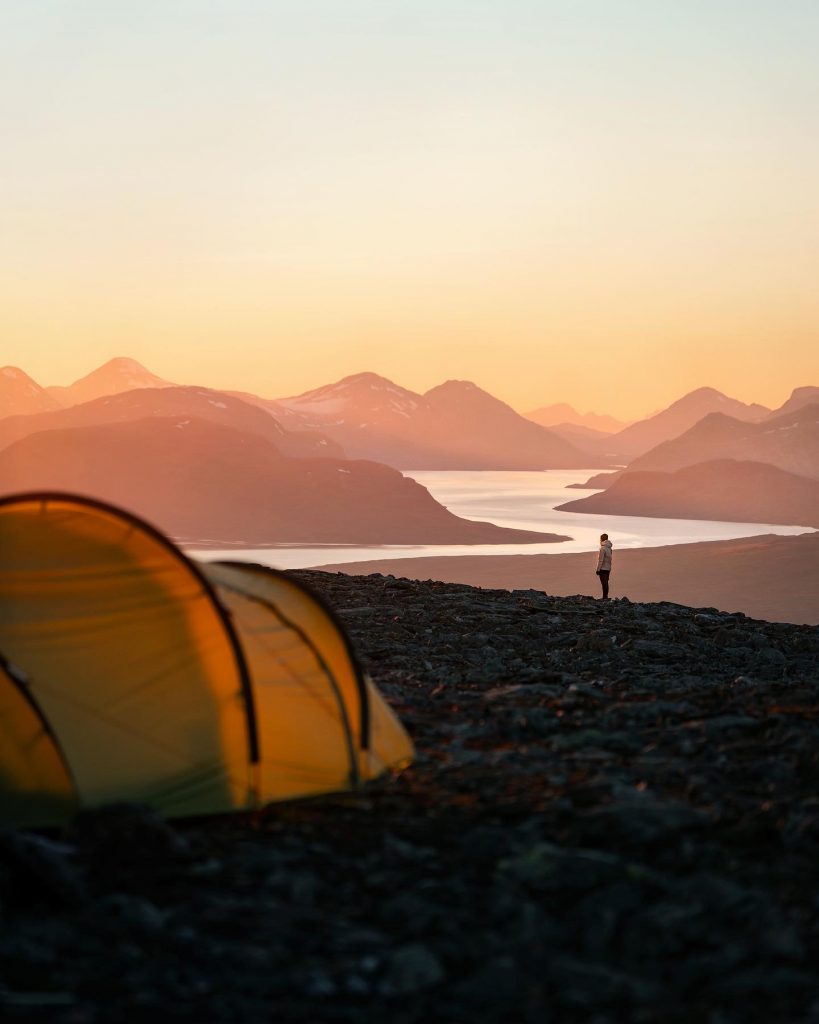
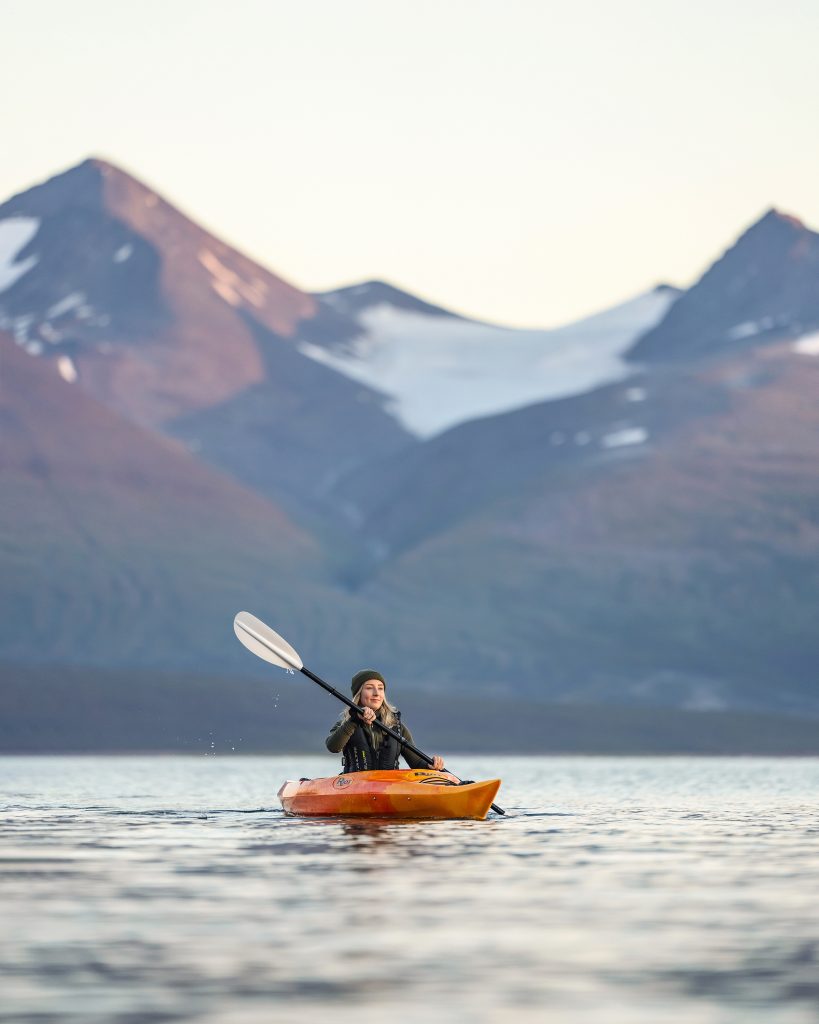
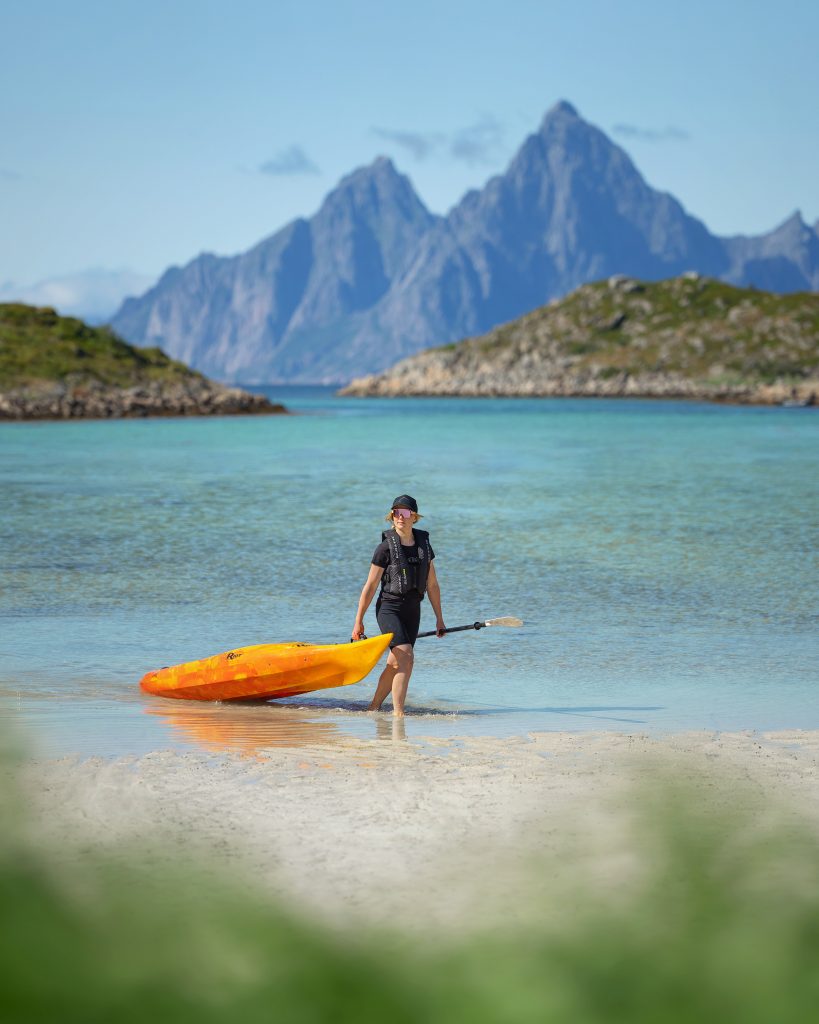

Try to avoid shooting from normal eye level; find other positions that provide a more exciting composition. When photographing animals, it is particularly important not to just stand and aim the lens downward at the animal, as this often results in a very dull image, the way we are typically used to seeing an animal. Try to be at the same level as the animal’s eye level. Aim to have the horizon behind the animal to add a bit more depth and separation in the background. However, be careful that the horizon line is not exactly at the level of the animal’s neck or just above the feet, as this often creates a sense of imbalance.

Ett simpelt tips mer tilltalande bilder.
När jag fotograferar och i efterhand analyserar en stor mängd av mina bilder som jag tagit under en lång period, upptäcker jag mer eller mindre alltid att nästan inga av mina bilder är tagna med en brännvidd nära 50 mm. Anledningen till detta är att brännvidder kring 50 mm inte tilltalar mig; de stimulerar inte min kreativitet och ger mig inte ett utsnitt som jag finner attraktivt. När jag försöker analysera mig själv och fundera på varför det är så, blir det ganska självklart.
50 mm på en fullformatskamera är den brännvidd som är närmast det vi ser med vårt mänskliga öga. Därför kan 50 mm ofta vara väldigt enkel och naturlig att fotografera med; det är en brännvidd som är ganska lagom på något sätt, inte för bred och inte för tight, utan just väldigt lagom. Men just för att 50 mm är så pass lagom och naturlig, blir det lätt väldigt tråkigt. Det finns en stor risk att bilden känns för vanlig eftersom det är precis så vi är vana att se världen med våra ögon. Det går absolut att ta häpnadsväckande och väldigt intressanta bilder med en 50 mm-optik, men du kommer att stå inför en del utmaningar för att verkligen skapa något som står ut.
Jag tänker så här: om du fotograferar med 50 mm och dessutom fotograferar stående med kameran i vår normala ögonhöjd, ja då har du gett dig själv några av de svåraste förutsättningarna för att få bilden att stå ut, eftersom det väldigt lätt kan se lite för vanligt och alldagligt ut. Jag rekommenderar istället att du utmanar dig själv. Håll dig borta från brännvidder som ligger nära 50 mm, gå bredare, använd allt från en supervidvinkel på 8 mm upp till 35 mm och sedan 85 mm och så långt upp i telefotoområdet du bara kan. Fotografera så sällan som möjligt från ögonhöjd; försök hitta andra positioner. Att fota med vidvinkel eller längre telefoto-optik kommer inte vara lika enkelt och inte alltid kännas lika naturligt som att fotografera med 50 mm; du kommer behöva lita på ditt öga och dina sinnen mer. Men när du väl får till en bra bild, kommer den troligtvis ha en betydligt större chans att sticka ut och tilltala betraktaren på ett helt annat sätt. Så kortfattat, ju längre ifrån 50 mm du går, både nedåt och uppåt, desto svårare kommer det bli och desto mer kommer det krävas av dig som fotograf. Men när kompositionen väl sitter och du får till en bra bild, kommer den helt säkert bli betydligt mer häpnadsväckande och tilltalande än om du hade fotograferat med 50 mm.
Försök undvika att fota från normal ögonhöjd, hitta andra positioner som ger en mer spännande komposition. Fotar du djur är det extra viktigt, att stå upp och peka med objektivet snett ner mot djuret ger et väldigt tråkig bild då de är princip alltid så man är van att se ett djur. Försök vara på samma nivå som djurets ögonhöjd. Försök få en horisonten bakom djuret för att få ytterligare lite djup och separation bakom djuret. Var dock nog med att horisontlinjen inte är exakt i höjd med djuret hals eller just ovanför fötter, detta medför ofas en känsla av obalans.
